From the July/August issue of Apollo. Preview and subscribe here.
In 1931, John Betjeman visited Wolf’s Cove, a small fishing village which, as he reported in the Architectural Review the following year, ‘depends entirely on its shipping’. His account of the local colour went on to cover everything from the atmosphere of the local pubs (old men disregarded the cheap brandy of the Admiral Benbow in favour of the ‘clean, well-polished wooden walls’ of the 18th-century Lord Nelson), to the local eccentric, Mr P. Morton Shand, a devout Anglo-Catholic who had ‘refused to allow the railway within a mile and a half of the village’. Readers may have sensed something odd about the accompanying black-and-white photographs, but Betjeman reserved the pay-off till the end. In fact, Wolf’s Cove was a very small village indeed: ‘every house, horse, piece of rolling stock, smack, tug, barge, millstone jetty, shroud, window, signboard, bridge, cart and gipsy caravan were made by Mr Charles P. Wade, the architect’ – and the whole thing was built to a half-inch scale.
Betjeman’s world-building entered wholly into the spirit of the village’s creator. The collecting instinct of Charles Paget Wade (1883–1956), an independently wealthy scion of a family of St Kitts sugar traders, had first been fired in childhood by his grandmother’s Cantonese lacquered cabinet of miniature treasures: a Christmas angel, a pair of glasses, music boxes, shells and butterflies. As a young architect in the first decades of the 20th century, he had spent his evenings creating elaborately annotated views of ‘Alconbury’, a fictitious abbey and convent dedicated to Saint Francis of Assisi, whose burial ground included his own epitaph: ‘Here Lyeth one Charles Wade an architect little known.’
Wade is better known today, albeit predominantly for the enormous collection of objects – including bicycles, instruments, boxes, clocks, costumes and 26 suits of samurai armour – that he assembled into something of a gesamkunstwerk at Snowshill Manor, his home in rural Gloucestershire, between purchasing the 16th-century building in 1919 and his death in 1956. Snowshill’s rooms were in themselves miniature worlds, with appropriately fantastical names, including Nadir, Dragon, Salamander, Meridian and Zenith. The founding item of Wade’s collection, ‘Grannie Spencer’s Cabinet’, inherited after his grandmother’s death, is displayed in Zenith beside a group of Cantonese shrines.
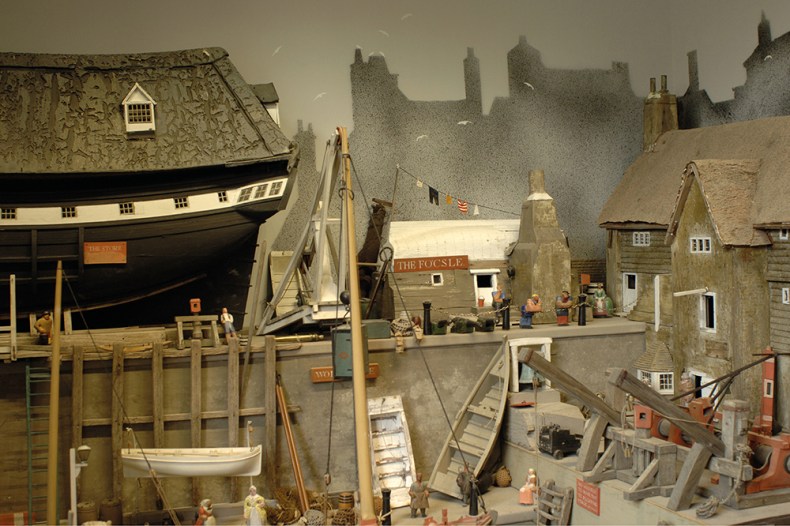
The harbour of Wolf’s Cove, designed by Charles Paget Wade, here displayed in the Occidens rom of Snowshill Manor, Gloucestershire. Photo: © National Trust/Stuart Cox Photo: © National Trust/Stuart Cox
Wolf’s Cove, Wade’s ‘Cornish fishing village’, was his own creation. Diminutive buildings in materials ranging from wood and plaster to hessian and straw were organised around a ‘harbour’ in the fish pond in the garden, which featured a lower quay and a harbour wall. Multitudinous miniature objects completed the scene: lobster pots in crochet, wooden barrels and winches, fishing floats of string and washing hung out to dry. Despite the apparent protests of Mr P. Morton Shand, the village was served by a railway and a canal ran underneath the line into a subterranean tunnel. However, as Betjeman recognised, the village was dominated by its intricate luggers, schooners and rowboats, Wade’s personal paeans to the shipbuilder’s craft. Even the name, ‘Wolf’s Cove’, is an apparent allusion to a ship, these words having previously appeared across the prow of a ‘tar-blackened hulk’ rotting in the water of Ipswich Harbour, which Wade had sketched as a young man.
Along with Snowshill itself, Wolf’s Cove was soon informally open to the curious, who numbered between 500 to 700 annually throughout the 1920s and ’30s. In addition to Betjeman, they included Virginia Woolf (who was not impressed), Queen Mary (who, apparently, was), and the writer Bertram Clough Williams-Ellis, who would subsequently create the candy-coloured Italianate village of Portmeirion, North Wales (for which Wade designed a small cottage). Snowshill was donated to the National Trust in 1951 and in the 1970s Wolf’s Cove, which had always spent winters indoors, came into the house permanently, partially redisplayed as a tableau in a room called Occidens. In 2010, the Trust began a project to recreate Wade’s vision in the original garden setting. Some 50 replica buildings had been completed by 2018, and the work is now focused on recreating the population of wooden figures sitting, standing and smoking around the harbour’s edge, dressed primarily (though not exclusively) in 18th-century dress.
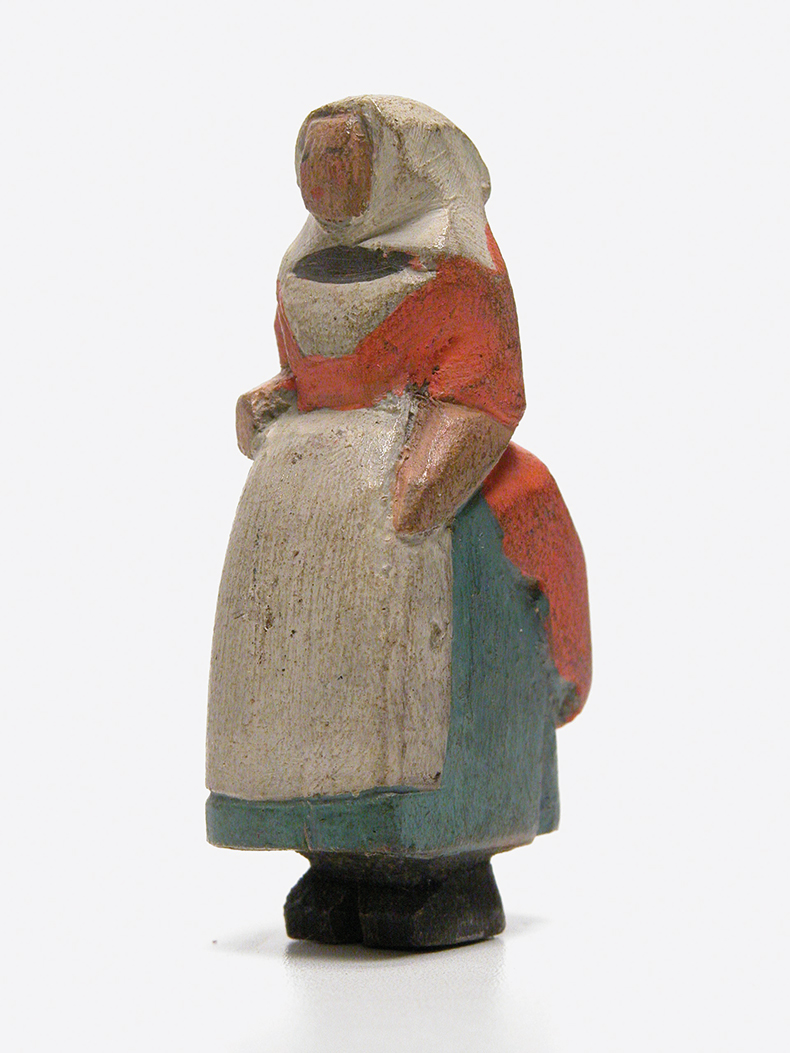
Figure of a lady wearing Victorian dress, made by Charles Paget Wade. Photo: © National Trust/Claire Reeves & team
There is an obvious link between Wolf’s Cove and Wade’s professional training. Though he practised only briefly between his election to the Royal Institute of British Architects in 1907 and his father’s death in 1911 (which left him with the bulk of the family’s sugar fortune), Wade spent most of his architectural career working on another visionary settlement, Hampstead Garden Suburb in north London. Initiated by the social reformer Henrietta Barnett, it was originally conceived as a (mostly) working-class community combining the presence of modern amenities with the absence of the noise, overcrowding and pollution of modern urban life. Access to the metropolis was provided by the newly extended Charing Cross, Euston and Hampstead Railway (now known as the Northern Line). The Garden Suburb’s supervising architects, Raymond Unwin and Barry Parker, had previously worked at Letchworth on the first realisation of the so-called Garden City concept originally proposed by Ebenezer Howard in 1898 as a means of ‘restor[ing] the people to the land’. The project was thus part of an emerging tradition of idealistic urban planning that saw thoughtfully conceived spaces as mechanisms for community cohesion. Notably, pubs were replaced with green spaces and town halls.
Wade shared with Unwin and Parker an interest in the English Arts and Crafts movement and in the architecture of European medieval towns. This was most vividly realised in his design for the ‘Great Wall’ marking the boundary between the Garden Suburb and the Heath, designed with reference to the medieval fortifications of Rothenburg in Bavaria. It is also visible in the buildings he created around the same time for ‘Fladbury’, a town on a scale of 1:24, putatively in the Cotswolds but actually installed in the garden of his rented home, No. 9 Temple Fortune Hill. This group of moveable buildings in an English vernacular style was conceived for the amusement of a friend’s daughter, Elizabeth ‘Betty’ Murray. A contemporary photograph shows it stretching out before an intent child of seven or eight, whose serious face is framed by two long plaits.
On purchasing Snowshill, Wade seems to have simply picked up the little buildings and taken them to Gloucestershire, where they were reconfigured and metamorphosed. Fladbury’s station building became the Wolf’s Cove farmhouse, the new station was named Fladbury Mere, and the Cotswolds (perhaps now considered too close) yielded to Cornwall.
While the Hampstead Garden Suburb represents an early 20th-century continuation of the model town, Fladbury – and, by extension, Wolf’s Cove – is generally cited as the first example of a ‘model village’, in the sense of a miniature settlement, usually somewhere between 1:10 and 1:12 scale, which transforms its visitors into latter-day Gullivers in Lilliput (Swift’s novel, which also uses 1:12 scale, forming their almost universal point of reference). As with many early 20th-century settlements, including Hampstead Garden Suburb, they often grew alongside the railway. Fladbury’s centrepiece was a train network partly purchased from the modelmakers Bassett-Lowke, who had begun manufacturing miniature railways in the late 1890s. ‘Every Boy a Locomotive Superintendent!’ proclaimed an advert in 1909 – but although rapt middle-class boys duly appear in catalogues as gigantic figures presiding over expansive transportation infrastructures, the invitation was just as appealing to their fathers and uncles. Three years before Betjeman’s piece appeared in the Architectural Review, the first informal visitors had begun trickling into Bekonscot in Beaconsfield, a fully electrified town in an elaborate man-made landscape. This was created from bags of topsoil and pre-fabricated cement by the suburban accountant Roland Callingham, who, on finding his expanding Bassett-Lowke railway banished from the house by his exasperated wife, ‘conceived the idea of designing and building a perfect piece of country’ in the garden.
By the time Wade died in the 1950s, his vision of a small world of idealised community life had become such a lucrative commercial prospect that entrepreneurial modelmakers were establishing multi-site miniature empires, responding to a boom in domestic tourism and to an increasingly established model-village vocabulary.
Depending on the size of the site, visitors could expect to see a church (usually hosting a wedding), a castle, a hotel, a manor house, a college, a green (with the obligatory game of cricket) and (in direct contrast to the vision of Barnett and Howard) several pubs. This was a nostalgic vision of a fantasy England – rural, white and apparently free from conflict or dissent – on an appealingly controllable scale. Unlike architects’ renderings of the idealised town, miniature villages are experiential: visitors move through them with the buildings about their knees, periodically adopting the awkward crouch of Betty Murray over Fladbury. Indeed, their success relies on using the individual body (now comically oversized) as a measure of scale. For Wade, this was probably part of the appeal: in miniature, everything is made by hand. The ships and even the railway (the ultimate product of mechanised industry) can be reimagined as artisanal objects; vehicles equally for miniaturised shipping, and for the creative imagination. Contemporary photographs of Wolf’s Cove show its creator clambering over the harbour wall, a colossus precariously balanced over the water, making small adjustments to the world below.
From the July/August issue of Apollo. Preview and subscribe here.
Unlimited access from just $16 every 3 months
Subscribe to get unlimited and exclusive access to the top art stories, interviews and exhibition reviews.


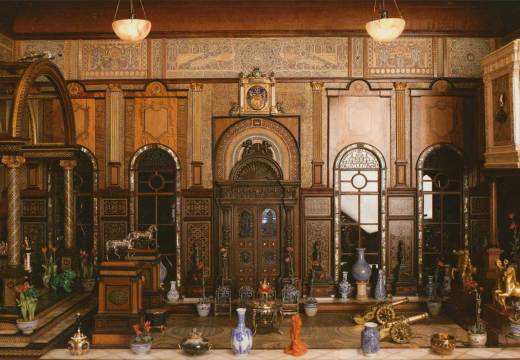
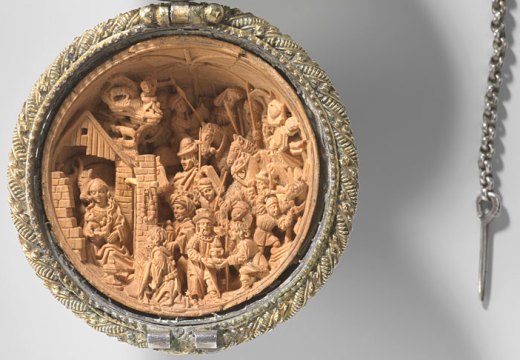
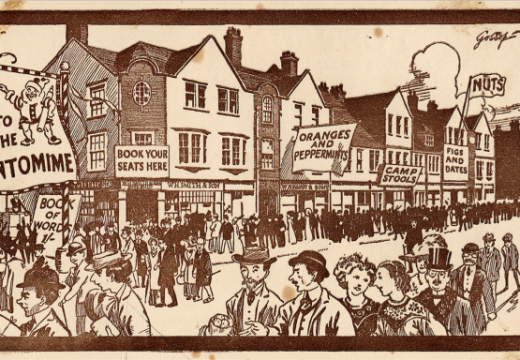









![Masterpiece [Re]discovery 2022. Photo: Ben Fisher Photography, courtesy of Masterpiece London](http://www.apollo-magazine.com/wp-content/uploads/2022/07/MPL2022_4263.jpg)
Why are fathers so absent from art history?